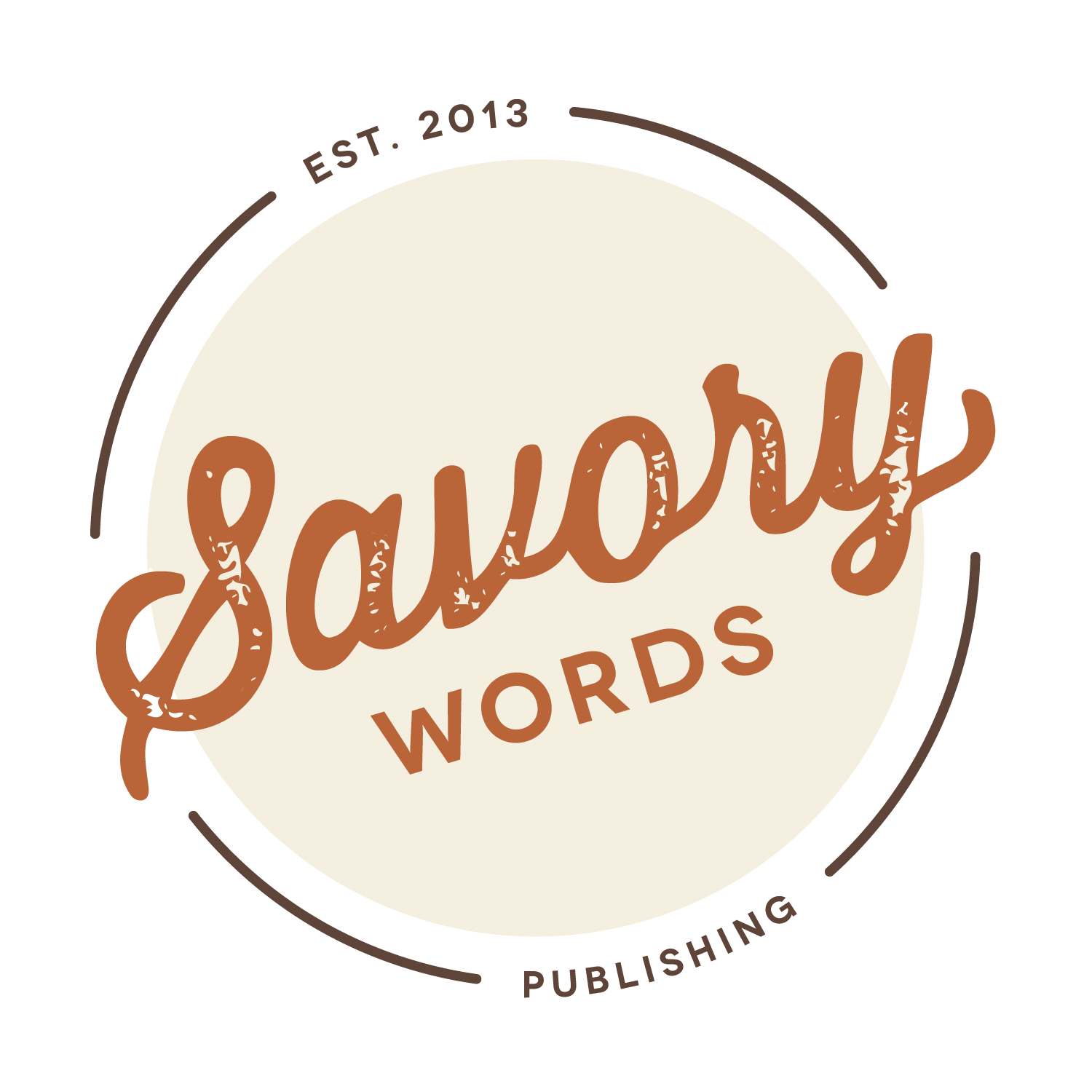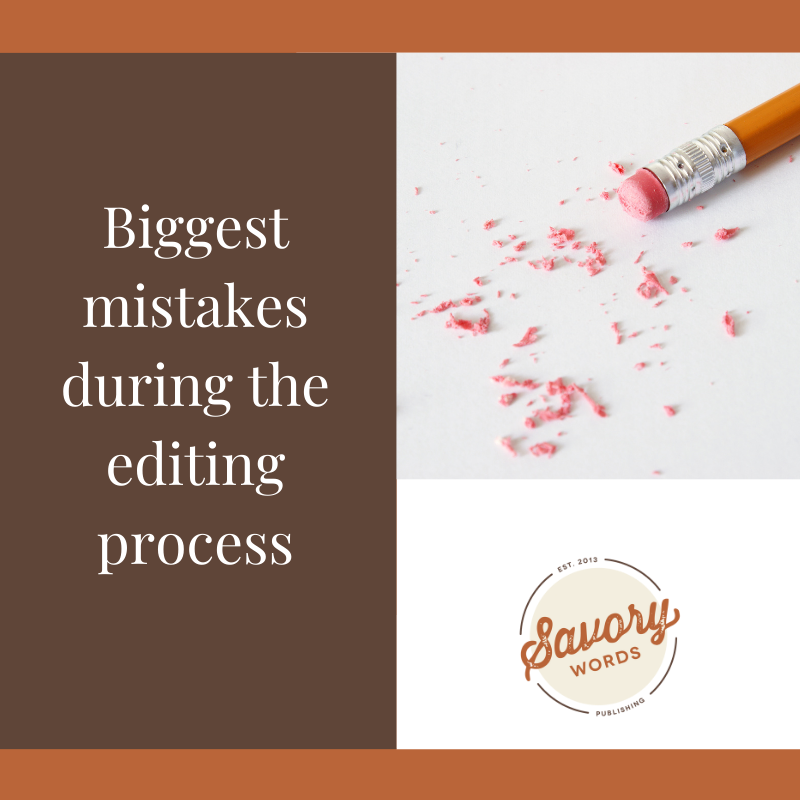Biggest mistakes during the editing process
You’ve now decided you’d like to work with an editor, despite your reservations. How do you make sure the editing process is as successful as possible? After all, the editor wants this process to work just as much as you do. Let’s look at some of the biggest mistakes you can make during the editing process and how to avoid them.
Being unprepared. Submitting incomplete work and not being prepared with a general timeline or vision of the final product will jeopardize the process, wasting time and money. Have a general schedule and a vision of what the final product will look like. At the same time, be prepared for the editor’s suggestions.
Having no idea of what you need or want. Don’t simply say, “Make this read better.” The editor is not a mind-reader; be clear about what you would like the editor to do. Tell the editor if you want detailed feedback, if you want to see the edits that were made by using tracking, if you want only grammatical edits or full-range edits, and so on. Now is not the time to be shy or indecisive about what you want.
Expecting an unrealistic turnaround time. Everyone wants things done immediately. Yet good editing takes time and may require a few back-and-forth revisions. Be realistic and ask the editor how long it will take. Don’t be impatient or upset if the editor’s timeline isn’t within your expectations. If it’s longer than you want, you may have to pay a rush fee — but remember that quality work always takes some time.
Not asking questions. Not asking questions can cause a lot of confusion. If the editor provides feedback or suggestions that you’re not sure about, ask questions. Also make suggestions; ask how something would read if you reworded it this or that way. Take ownership of the edits. After all, this is your document.
Getting upset with the amount of edits. If your document comes back with a lot of edits, this does not mean you are a terrible writer, have poor grammar, or aren’t intelligent. Rather, it means the editor is making sure your document fits your target audience, goals, and vision—exactly what an editor is supposed to do.
We’ve put together a handy tip sheet you can download for free about how to work with an editor.
(reprinted from TSW, August 2018)
Video description: Savory Words owner Trudy Suggs sits in front of a beige wall that shows the Savory Words sign. Behind her is a simple wood-and-metal desk, with Savory Words books held together by typewriter-design bookends, and a lamp. Trudy is wearing a dark orange printed shirt with a dark blue cardigan over; she has on dangly gold earrings.
Image description: A square with rust bars on top and bottom shows on the left in a brown block, in white text, “Biggest mistakes during the editing process.” On the right in a picture of a pencil with eraser crumbs on a piece of white paper . At bottom right is a white square with the Savory Words logo.
See also: Why do so many people hesitate to work with an editor?, When to hire an editor, What to expect when working with an editor, and Are online editors effective?

